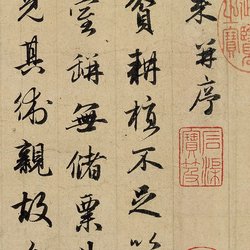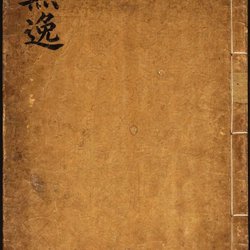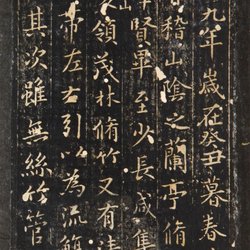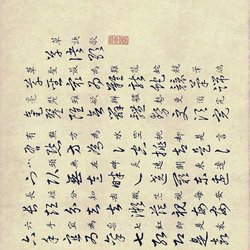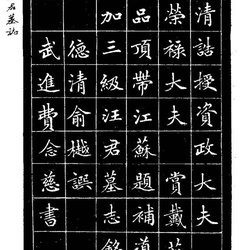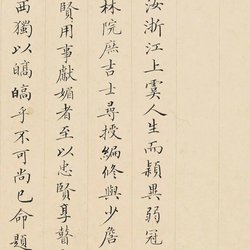There are many small regular script copybooks handed down from generation to generation. Beginners should follow the above methods to avoid going astray. What is the true source of small regular script? So what is the origin and high standard of Xiaokai? It is naturally the charm of Wei and Jin Dynasties. Recommended five small regular scripts from the Wei and Jin Dynasties:
1. Zhong Yao's "Declaration Form"
Reasons for recommendation:
Zhong Yao's "Declaration Table" first appeared in the Song Dynasty's "Chunhua Pavilion Tie", so it is also called Chunhua Pavilion Tie Declaration Table in small regular script. Both in terms of brushwork and structure, it shows a more mature regular script style and style. The atmosphere, the stippling is vigorous and simple and lush, and the fonts are broad and flat, fully reflecting the style of the Wei and Jin Dynasties.
"Declaration Table" has a profound influence on later generations of calligraphy. Even people like Wang Xizhi studied calligraphy with great concentration and couldn't put it down. It can be said to be "profound and profound, but more than quaint". Since the Qin and Han Dynasties, only Zhong Yao has been the only one.
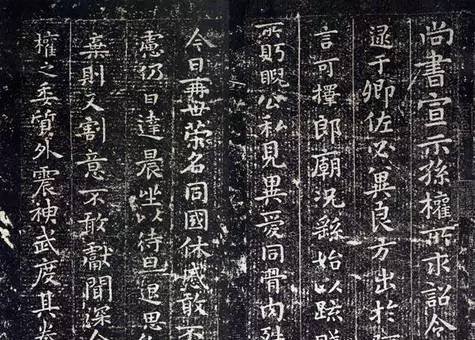
Reasons for recommendation: If Zhong Yao's small regular script during the Three Kingdoms period was the budding stage of regular script, then regular script had reached a mature stage by Wang Xizhi's "Le Yi Lun" in the Jin Dynasty. The writing in "Le Yi Lun" is precise and precise, with no ambiguity in every stroke. , the regular script is mature, and Shi Zhiyong believes that "Le Yi Lun" is the first of Wang Xizhi's official books.
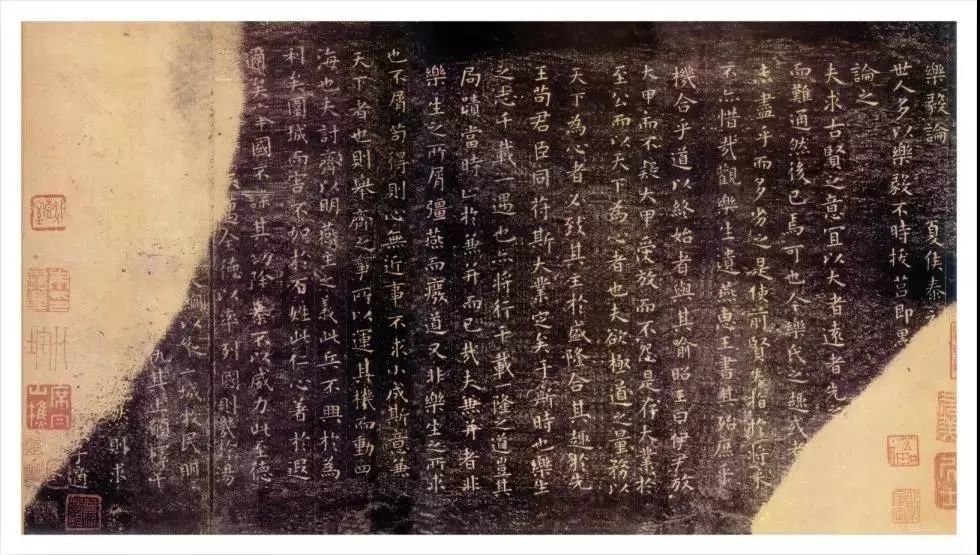
Reasons for recommendation: The "Cao E Stele" has a flat structure. Compared with other small regular script calligraphy works attributed to Wang Xizhi, the strokes of this stele are more stretched, which is more obvious in the horizontal and vertical strokes as the main strokes. The meaning of official script is hidden between the strokes and the structure.
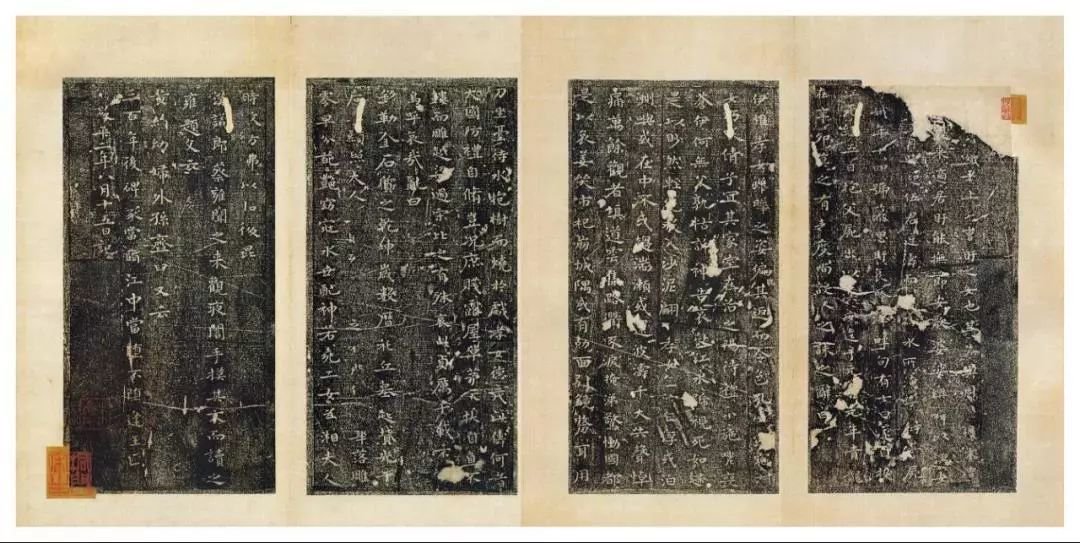
"The Stele of the Filial Daughter Cao E" is said to be Wang Xizhi's last regular script work. In the second year of Ping Dynasty in the Eastern Jin Dynasty (358 AD), Wang Xizhi went to Cao E's temple to write the text "The Stele of the Filial Daughter Cao E". Wu Maoxian of Xin'an carved the stele and erected it in the temple. "Cao'e Stele" has flat characters and many pens without hiding the edge, which has the style of official script. Its composition is natural, the writing is vigorous and vigorous, and the characters are ups and downs. It does not seek beauty, but has a simple and innocent interest.
Reasons for recommendation: Wang Xianzhi's "Luo Shen Fu" (thirteen lines) is elegant in style and free and easy in writing. Yang Bin's "Tiehanzhai Shuhao" of the Qing Dynasty believes that "the characters are beautiful, vigorous and smooth, and there is no other small regular script in the world." It can be seen from "Luo Shen Fu" (thirteen lines) that Wang Xianzhi's regular script writing style no longer has an official meaning, and the character shape has also changed from horizontal to vertical, and it is a fully mature regular script work.

5. Zhong Yao's "He Jie Biao"
Reason for recommendation: "He Jie Biao", also known as "Rong Lu Biao" and "Rong Lu Biao", was written by Zhong Yao when he was 68 years old in the 24th year of Jian'an (219) of the Eastern Han Dynasty. The content is a congratulatory memorial written when he learned the good news that Shu general Guan Yu had been killed. This series of posts best represents the appearance of Zhongshu. "Xuanhe Shupu" says: "The modern standard script of Kaifa is also the official script. Zhong Yao's "He Ke Jie Biao" has all the legal standards and is the ancestor of the official script."
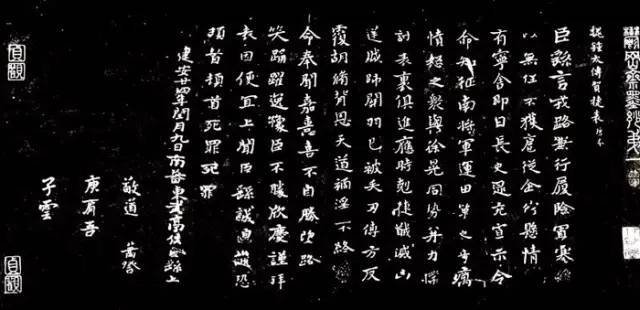
Finally, I would like to give some advice to you readers. If you want to learn Xiaokai, you must not follow the trend. You must slowly go up along the source of Wei and Jin Dynasties to get the charm of the river of Xiaokai. Then these inscriptions will be your best choice, don’t miss them!

